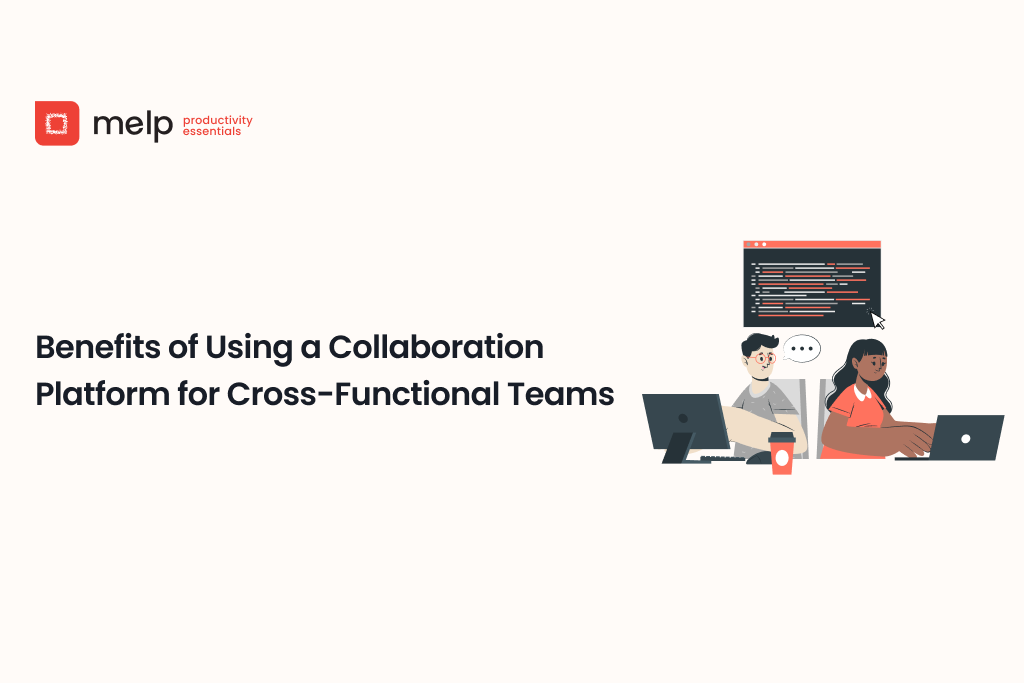
Bringing together people from different departments isn’t always easy. Everyone has their own priorities, tools, and way of doing things. This is where a collaboration platform can be a game changer. It’s more than just chat or file sharing. It’s a digital space where teams work together smoothly, even when they come from very different backgrounds.
What Exactly Is a Collaboration Platform?
A collaboration platform is a tool that helps people communicate, share files, assign tasks, and stay on the same page even when they’re working in different places or time zones. Think of it as a digital meeting room where marketing, design, sales, and operations can all talk and plan without stepping on each other’s toes.
Why Cross-Functional Teams Need One
When different departments work on a single project, things can get messy. Miscommunication, duplicate work, and missed deadlines become more common. A collaboration platform helps avoid that by creating one central space for updates, decisions, and task tracking.
1. Improves Communication Without the Noise
Email chains can be overwhelming. Messages get lost or ignored. A collaboration platform offers real-time messaging, group threads, and organized channels so everyone knows where to go for updates or questions.
Example: Instead of sending five different emails, a project manager can tag team members in a specific thread related to the campaign launch. Everyone stays in the loop without their inbox blowing up.
2. Brings Everyone on the Same Page
Having all files, deadlines, and discussions in one place reduces confusion. Team members no longer have to dig through folders or scroll through old messages to find what they need.
Tip: Use folders or boards in the platform to break work down by department or goal. That way, marketing can focus on ads while sales focuses on customer feedback—all while staying aligned.
3. Boosts Accountability
When tasks are assigned and tracked within the platform, no one can say they didn’t know what they were supposed to do. Everyone has a clear role, and deadlines are visible.
Pro tip: Assign owners to every task. It avoids the classic “I thought someone else was handling it” excuse.
4. Helps Track Progress in Real Time
Cross-functional teams often work on complex timelines. A collaboration platform offers dashboards or boards where teams can visually track progress. This not only helps with productivity but also lets team leads catch bottlenecks early.
Example: If the design team is behind on visuals, marketing can see that and adjust their content schedule without needing a long meeting.
5. Encourages a More Inclusive Workflow
One big challenge in cross-functional work is making sure every voice is heard. When updates and decisions happen out in the open, quieter or remote team members can contribute more easily. This promotes better teamwork and leads to smarter outcomes.
Benefits of Using a Collaboration Platform
| Benefit | Description |
|---|---|
| Centralized Communication | Keeps all conversations, files, and updates in one place for easy access by every team member. |
| Improved Transparency | Everyone can see project status and who’s responsible for what, reducing confusion and delays. |
| Real-Time Collaboration | Allows instant feedback, shared documents, and updates across departments, even remotely. |
| Boosted Productivity | Streamlined workflows and reduced time spent switching between tools means faster project completion. |
| Stronger Team Alignment | Keeps everyone on the same page with shared goals, tasks, and timelines. |
Final Thoughts
Cross-functional collaboration doesn’t have to feel like herding cats. A solid collaboration platform helps break silos, builds better habits, and keeps teams aligned no matter their department. The best part? It doesn’t just make work easier—it makes the results stronger.
Whether your team is launching a product, running a campaign, or solving a company-wide issue, having the right tool in place makes a big difference. It’s not about fancy features. It’s about having a space where real collaboration can happen.
Sign Up with Melp and Power Your Team Collaboration
Bring your team together on one easy-to-use platform. Whether you’re managing marketing, sales, or tech teams, Melp helps everyone stay aligned, communicate faster, and get more done — without the chaos